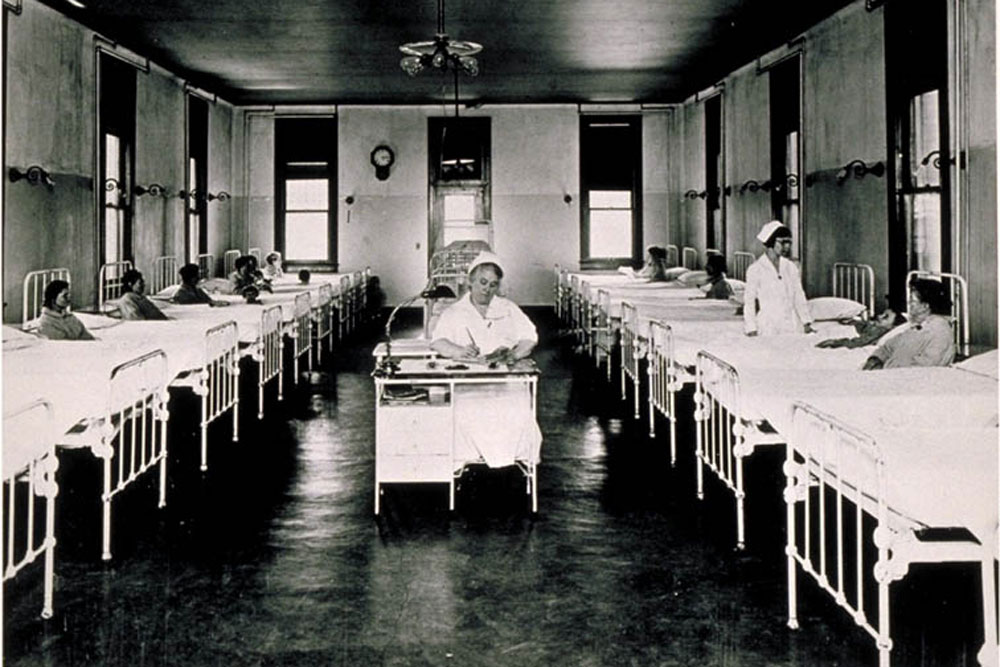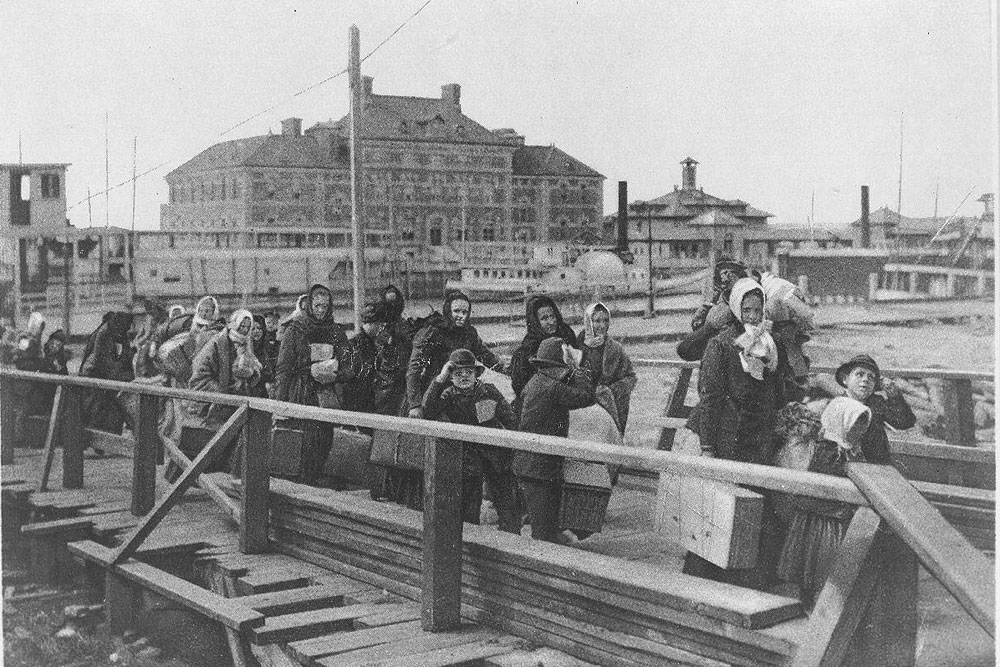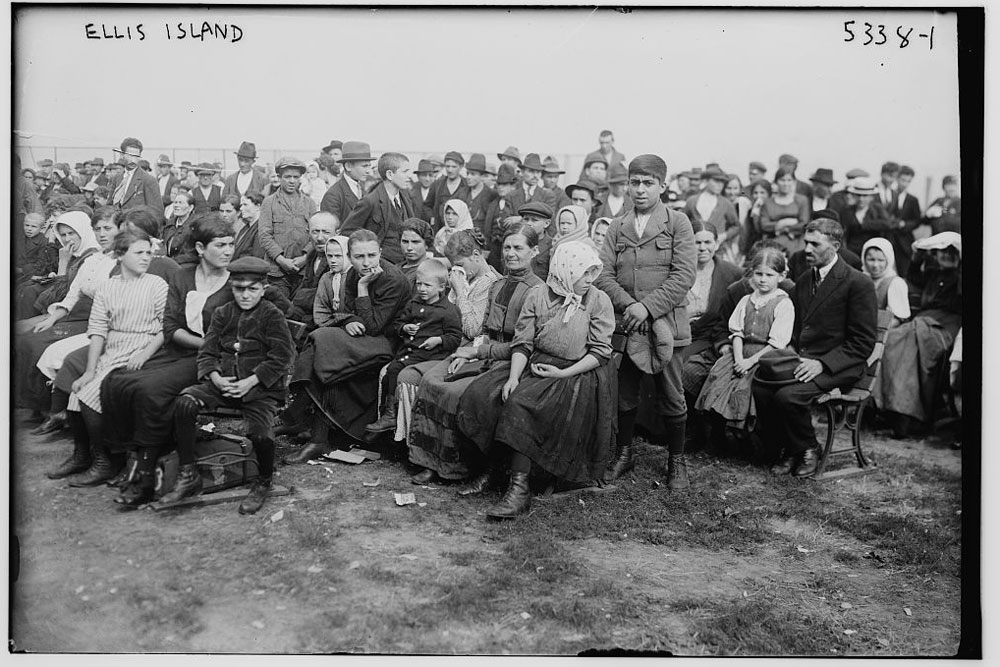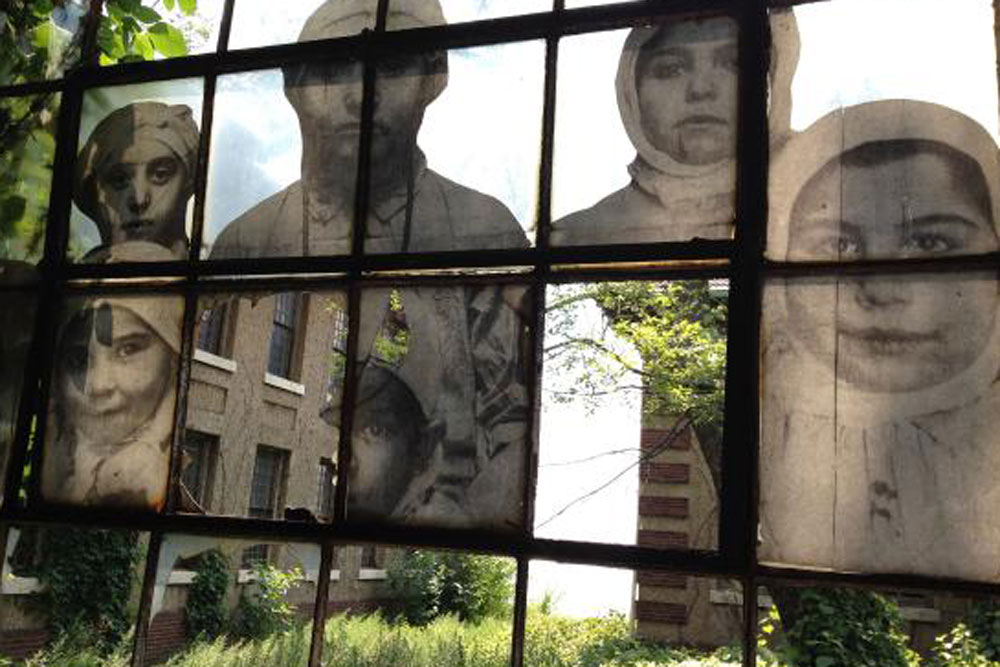Ellis Island's Nurses - a March 13 lecture
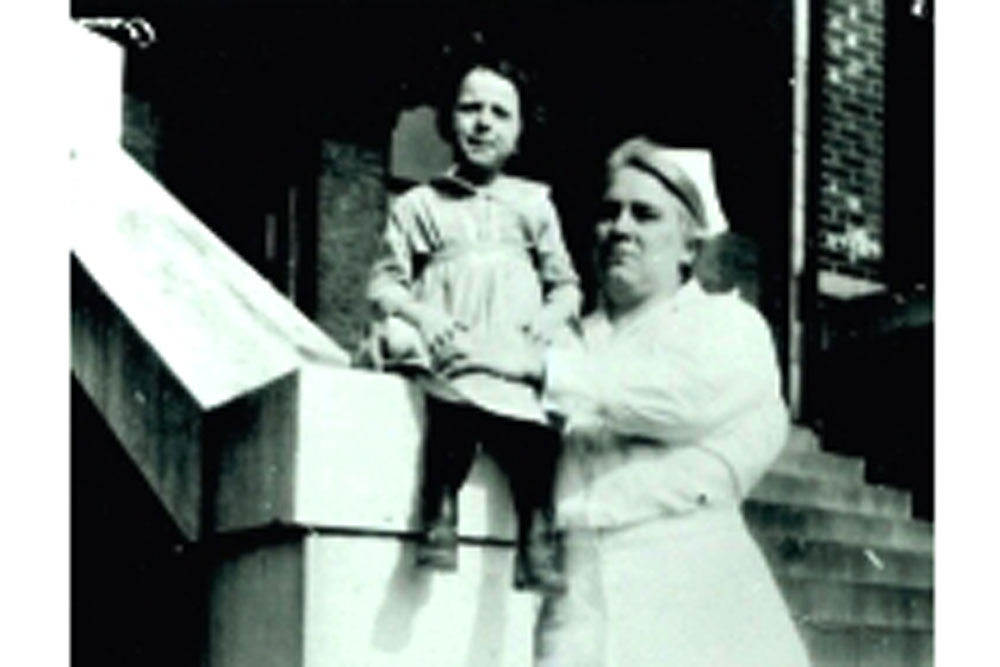
They were “ladies in white” who stroked children’s cheeks, ran the island’s 22-building hospital complex, and tended travel-weary patients suffering from tuberculosis, diphtheria, and polio. They saw to the vexing problems of trachoma, which caused blindness, and favus, a scalp fungus that required shaving one’s head and an application of boric acid, and even whittled Ellis Island’s measles fatality rate from a high of 30 percent to almost nothing with proper sterilization techniques.
Ellis Island—constructed on the site of an old fort where criminals and pirates were once hung—represented one of the largest public health projects in American history, a place through which millions surged en route to new lives in the U.S. It’s estimated that close to 40 percent of Americans have ancestors who came through Ellis Island. Many of the nurses in its employ, too, came through as immigrants themselves.
But the nurses of Ellis Island did dramatically more than tend the huddled masses, yearning to breathe free, explains nursing history professor Arlene Keeling, who, with 2018 Brodie Fellow Michelle Hehman, is delving into the topic. After immigration slowed to the U.S., they oversaw the care of German detainees suspected of being Nazi sympathizers. They cared for wounded American soldiers who returned from World War I battlefields, suffering from limb loss, shell shock, and horrific burns, Keeling notes. And they assembled by the thousands before deployment with the Red Cross overseas during WWI, practicing their military formations in uniform on Ellis Island’s grounds, she says.
“Little’s been documented about these nurses’ roles,” says Keeling, former director of UVA’s Bjoring Center for Nursing Historical Inquiry, “but in fact, their work—caring for tens of thousands of patients in Ellis Island's government hospitals from the turn of the century through the 1930s—meant the difference between life and death for many immigrants. It’s my aim, with this book, to bring their stories to light.”
Keeling's March 13 lecture—"The Nurses of Ellis Island: Policy, Professionalism, & Practice"—is free and open to the public, and will be followed by a brief Q&A and a reception in UVA's Bjoring Center for Nursing Historical Inquiry, also in McLeod Hall.
+++

